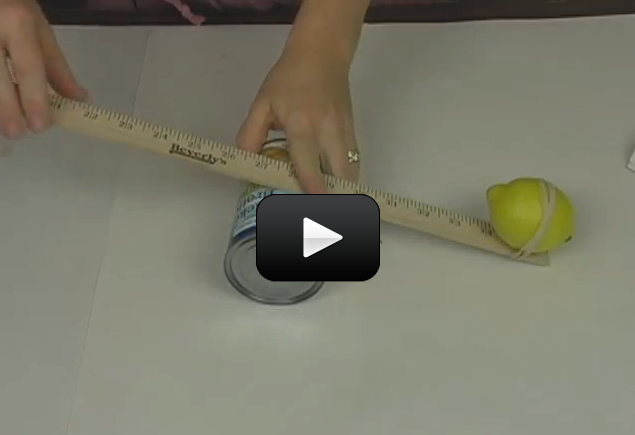Levers are classified into three types: first class, second class, or third class. Their class is identified by the location of the load, the force moving the load, and the fulcrum. In this activity, you will learn about the types of levers and then use your body to make each type.
Please login or register to read the rest of this content.


Ues, you’ve got it! It’s all a matter of where the load is and where the fulcrum is.
Would your fingers be a 3rd class lever since the load is on the tip sometimes or are they a 2nd class since sometimes it’s in the middle?
Yes but you can improvise with what you have once you see what the experiment looks like. Feel free to make it work for you!
On the worksheet it says we need
can of soup
meter stick
rubber band
lemon
Nope… no mistake! If you have a body (and you do), then use it to follow along and identify the levers on the human skeleton. 🙂
I think there is a mistake with the experiment, it says you only require “1 body” for supplies???